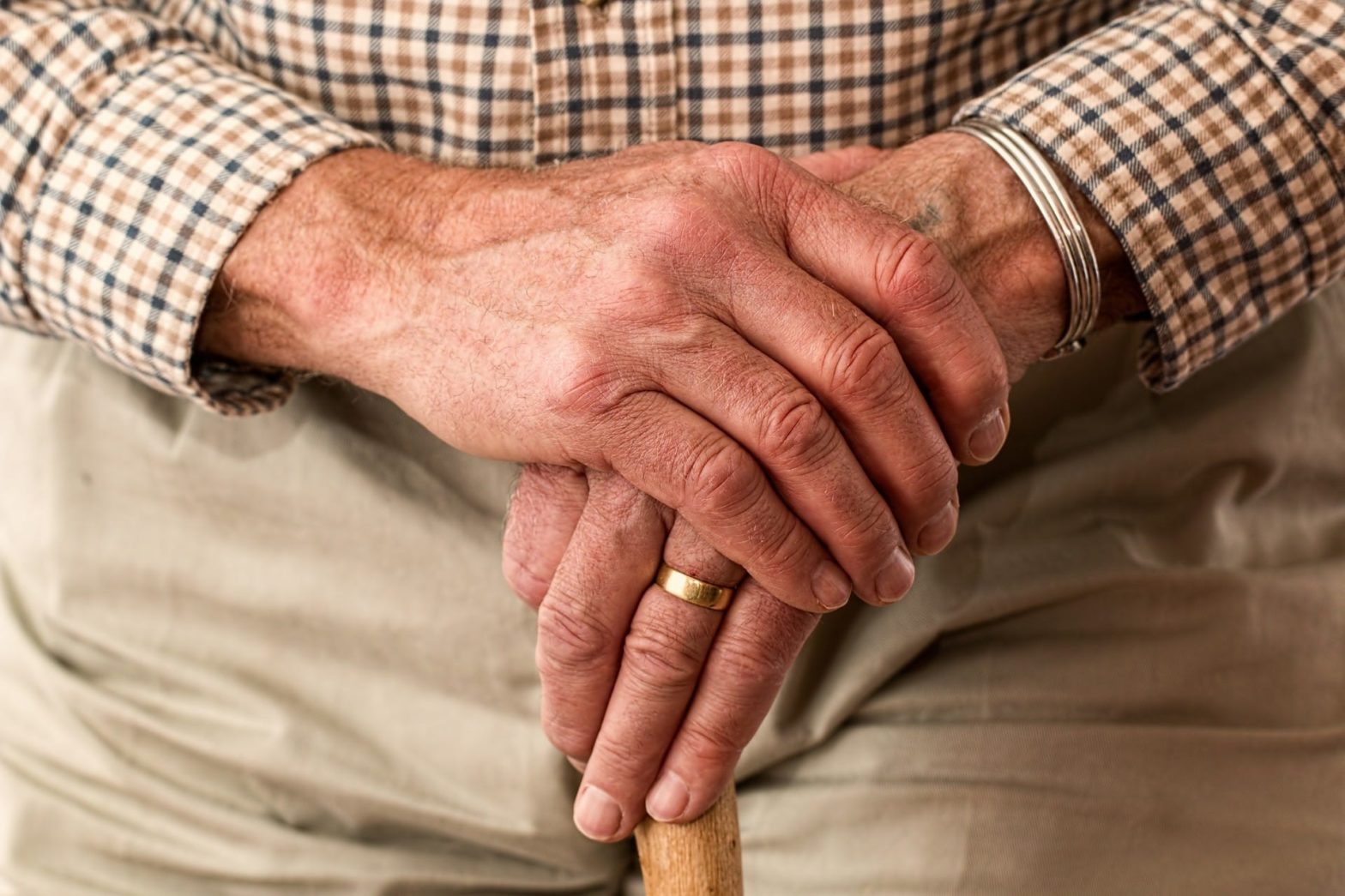![[Pixabay.com]](http://127.0.0.1/wordpress/wp-content/uploads/2022/01/ghows-DA-531eb044-01ea-79e6-e053-0100007ff08e-248e5cad.jpeg)
MILTON — Arthritis is the leading cause of disability in the nation. It is not a single disease, but rather a term referring to joint pain or joint disease in general. There are more than 100 different types of arthritis and more than 50 million adults in the U.S. have some form. It is most common among women and occurs more frequently as people age.
The most common type of arthritis is osteoarthritis or degenerative joint disease. Osteoarthritis is characterized by the degeneration of cartilage, the soft tissue located between the joints.
Risk factors for osteoarthritis include excess weight, family history, age, and previous injury. Since osteoarthritis in incurable and degenerative, a patient’s commitment to self-management is critical to minimizing the speed and scope of the condition’s impact. There are several elements of arthritis self-management, ideally employed in combination for maximum success and relief. They fall into the categories of daily routine, exercise, and medical treatments. Below are the best practices in each category.
DAILY ROUTINE
- Do some gentle exercise and stretching right before bed. This will reduce stiffness in the morning.
- Adjust position frequently when working, reading, watching TV. Be sure to stand and walk around at least every half hour.
- Avoid repetitive movements. Overusing a single joint can cause more pain.
- Manage your weight and quit smoking. Excess weight contributes to stress on damaged joints and smoking causes damage to connective tissue.
- Don’t commit to activities beyond ability level, getting into in a position of healing for several days. Do a little bit, in one’s comfort zone, every day.
EXERCISE
- While it may seem counterintuitive when it hurts to move, physical activity is critical to managing the pain and loss of mobility associated with arthritis. Move every day.
- Choose activities that build the muscles around joints, but don’t put stress on the joints themselves. Focus on stretching, range-of-motion exercises, and gradual, progressive strength training.
- Include low-impact aerobic exercise, such as walking, cycling, and water exercise, to help control weight and improve mood.
- Avoid activities that involve impact on joints and/or repetitive motion, such as running, jumping, or the repetition of a golf or tennis swing.
MEDICAL OPTIONS
- There are many different medications available for arthritis pain relief, but all medications involve some risk of side effects when taken over a long term. Talk with a doctor about NSAIDS, acetaminophen, or topical analgesics, to see what might work best.
- A qualified Physical Therapy professional is an excellent resource to help in learning to move and manage the body to minimize the pain and mobility loss associated with arthritis. Commitment to PT can mitigate a path that would otherwise lead to surgery.
- Finally, when more conservative methods have failed, a patient may find the best path to relief and quality of life is a surgical one. Options include minimally invasive joint repair, joint fusions, and joint replacements.
Skilled orthopedic specialists can provide the pros and cons of each option, and help patients decide which path is best for their condition and desired lifestyle.
Anyone experiencing joint pain of any kind should have it checked out. Understanding the cause of pain, and the condition of joints goes a long way in developing a care plan. Contact Santa Rosa Medical Group – Orthopedics at 626-1461 or 626-5300 to be connected to a physician who specializes in arthritis and bone and joint health.
This article originally appeared on Santa Rosa Press Gazette: Understanding and managing osteoarthritis
